Massive Hemorrhage Protocol: Quality Metrics Portal Pilot
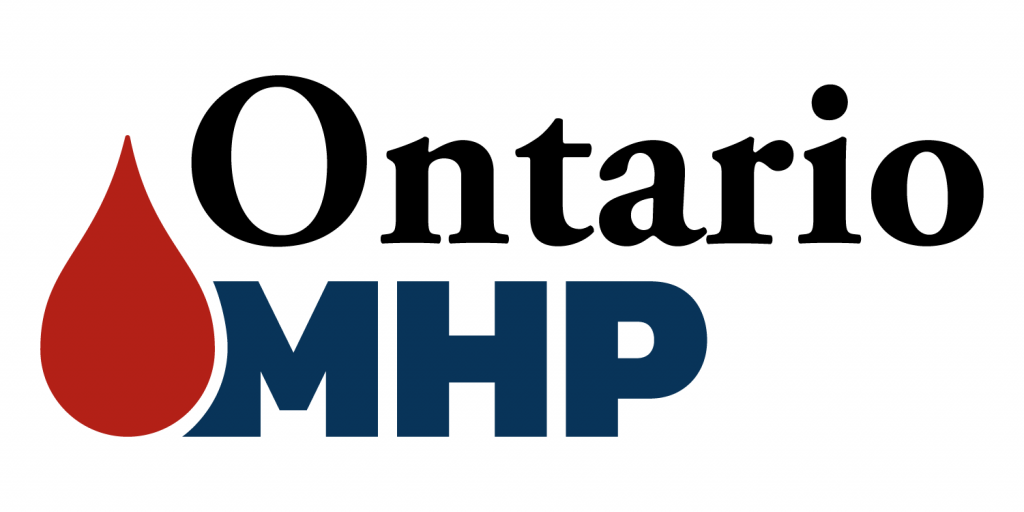
Troy Thompson, ORBCoN Program Manager, Dr. Jeannie Callum, Director of Transfusion Medicine, Kingston Health Sciences Centre
Background
A Quality Metrics reporting portal has been developed to capture 8 MHP quality metrics as defined in the Provincial Massive Hemorrhage Protocol toolkit. The portal will be interfaced with a “dashboard” or data visualization tool which will provide a dynamic and interactive tool allowing users to quickly visualize and evaluate their metrics over time as well as against provincial benchmarks.
Methods
An electronic data tool (reporting portal) was developed to capture the 8 quality metrics listed below. Additional demographic information was added to the data entry process to allow for comparisons between specific variables (age range, type of hemorrhage, etc). A pilot of the MHP Quality Metrics Portal included 6 hospital sites.
The 8 quality metrics recommended for reporting in the MHP Quality Metrics portal:
- The proportion of patients receiving tranexamic acid within 1 hour of protocol activation.
- The proportion of patients in whom RBC transfusion is initiated within 15 minutes of protocol activation.
- The proportion of patients (requiring transfer for definitive care) with initiation of call for transfer within 60 minutes of protocol activation.
- The proportion of patients achieving a temperature >35⁰C at termination of the protocol.
- The proportion of patients with hemoglobin levels maintained between 60-110 g/L during protocol activation, excluding certain pediatric populations (e.g., neonates) that may require higher hemoglobin values.
- The proportion of patients transitioned to group specific RBCs and plasma within 90 minutes of arrival/onset of hemorrhage.
- The proportion of patients with appropriate activation (>6 RBC units in first 24 hours; >40 ml/kg/24 hours of RBCs in pediatric patients) or before this level in patients dying due to hemorrhage within 24 hours.
- The proportion of patients without any blood component wastage (including plasma that is thawed and not used within the 5 day limit on another patient).
The purpose of the pilot was to assess the feasibility of data collection at hospital sites and to “interrogate” the MHP Quality Metrics portal to ensure the data entry and reporting mechanism were validated and the results presented would be relevant to assess MHP processes.
Results
The pilot results as of January 20, 2022 included 6 hospital sites and their MHP activations. During the reporting period (ranging from January 2019 to December 2021), 309 MHP activations were reported into the MHP portal.
Demographic Results
Figure 1. Hospital Location of MHP Activation
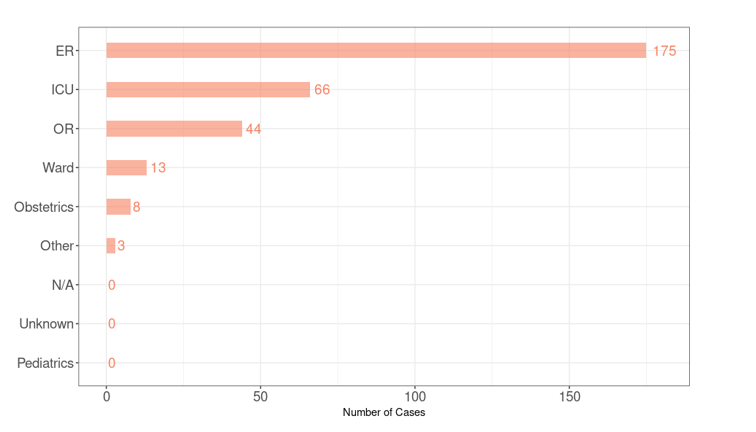
Figure 2. Age Ranges for MHP Activations
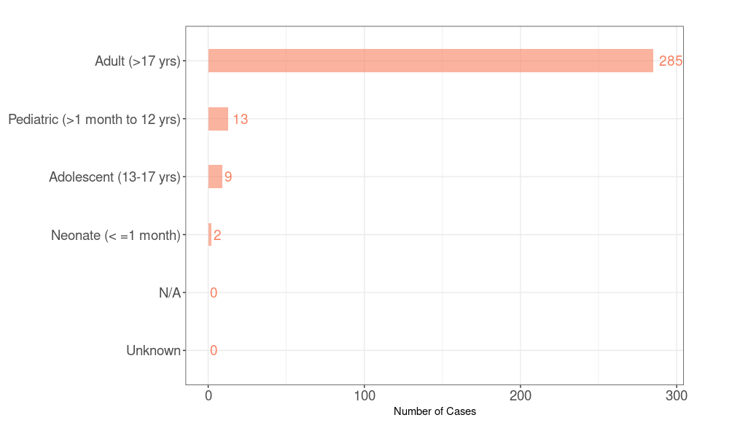
Quality Metrics Results
Figure 3. The number of MHP activations (cases) receiving tranexamic acid within 1 hour of protocol activation.
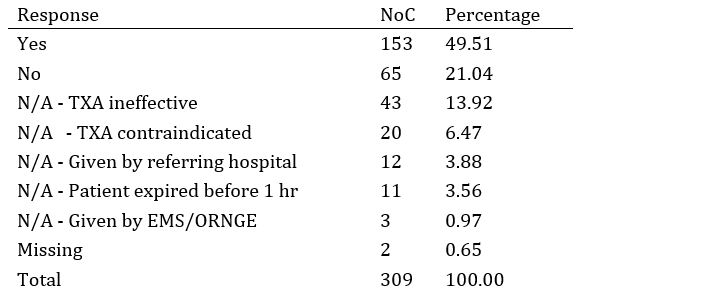
Figure 4. The number of MHP activations (cases) with RBC transfusion initiated within 15 minutes of protocol activation.
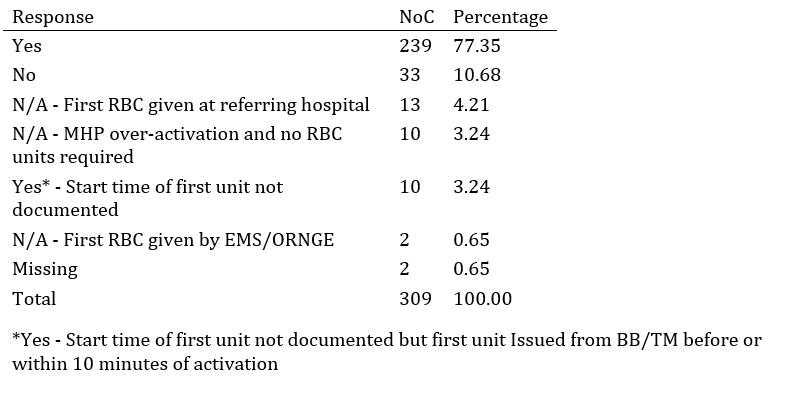
Figure 5. The number/percentage of MHP activations where the initiation for patient transfer was within 60 minutes of protocol activation.
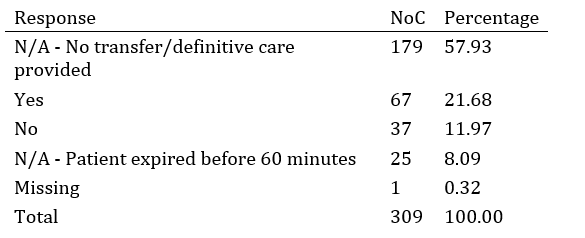
Figure 6. The number/percentage of MHP activations where the patient’s temperature was ≥ 35⁰C at termination of protocol? (30 minutes prior to/after termination).
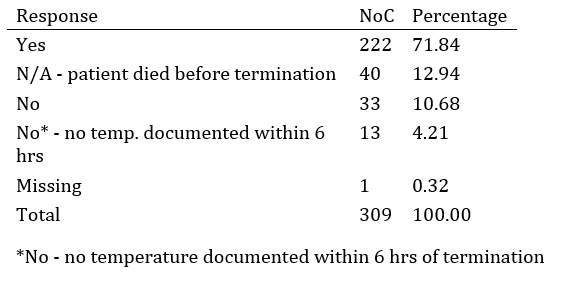
Figure 7. The number/percentage of MHP activations where the patient’s hemoglobin was maintained over 60 g/L in the first 24 hours?
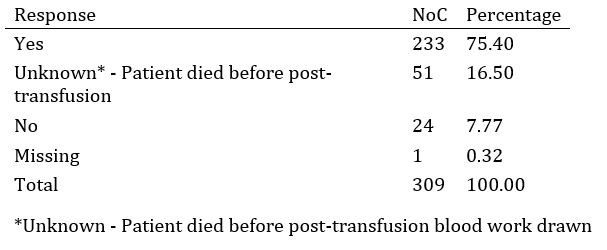
Figure 8. The number/percentage of MHP activations where the patient’s hemoglobin was <110 g/L at 24 hours.
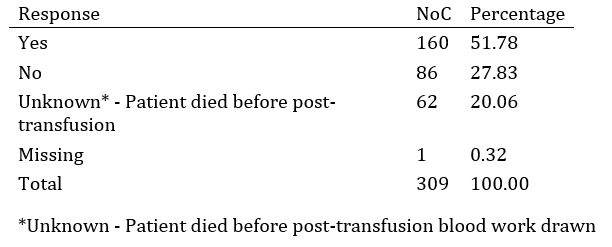
Figure 9. The number/percentage of MHP activations where the patient was transitioned to group specific RBC/Plasma within 90 minutes of MHP activation.
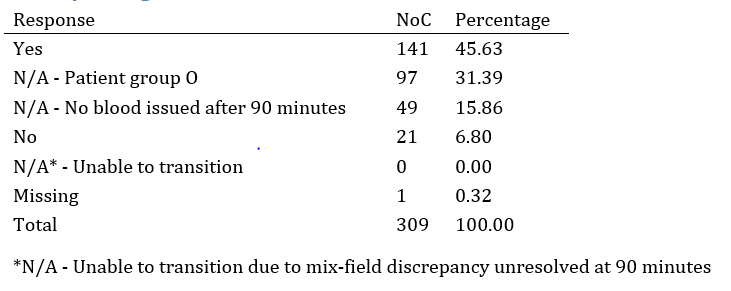
Figure 10. The number/percentage of MHP activations that were appropriate.
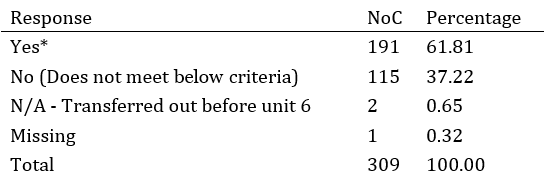
Figure 11. The number/percentage of MHP activations where there was wastage of blood products.
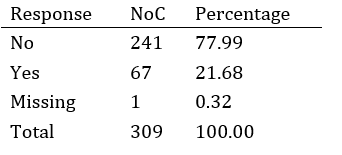
Conclusion
The data entry pilot provided valuable information regarding the data entry and reporting mechanism of the portal. Modifications to the data entry fields were completed during the pilot to allow for more complete data entry at the participating sites. Additional feedback from the MHP Quality working group will be incorporated into the portal prior to launch.
The portal and associated data “dashboard” will be useful in monitoring an institution’s MHP activities and support quality improvement activities where required.
The MHP Quality Metrics portal will be officially launched soon and more information on how to access the portal will be provided at that time. For information on how the metrics were determined for local and provincial reporting, we invite you to watch an archived presentation from Dr. Avery Nathans Click here.
ORBCoN would like to thank the participating hospitals who contributed to the exercise to validate the reporting tool.
Click here to find more information related to the provincial MHP and MHP quality metrics.
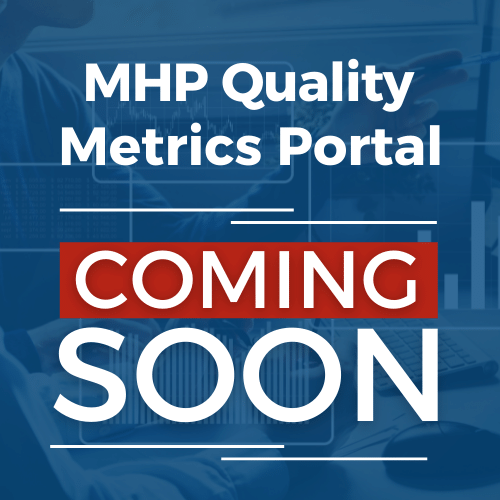
Register: 17th Annual Transfusion Medicine Education Web Conference
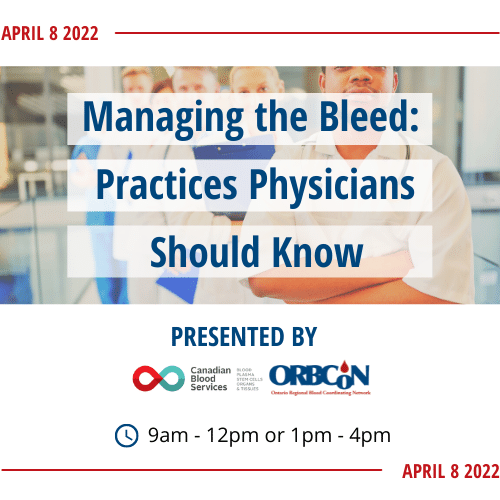
Save the Date: Perinatal Consensus Conference
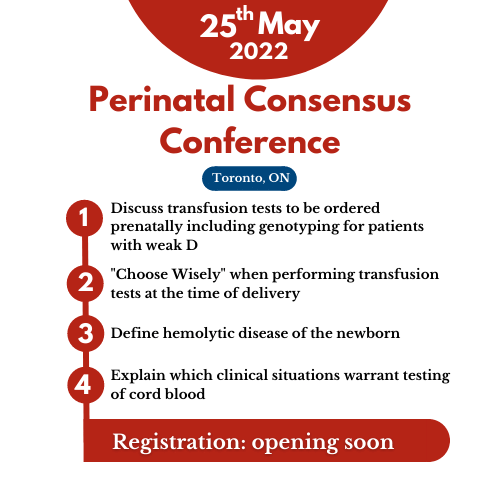
Featured Resource: MHP Simulation Videos
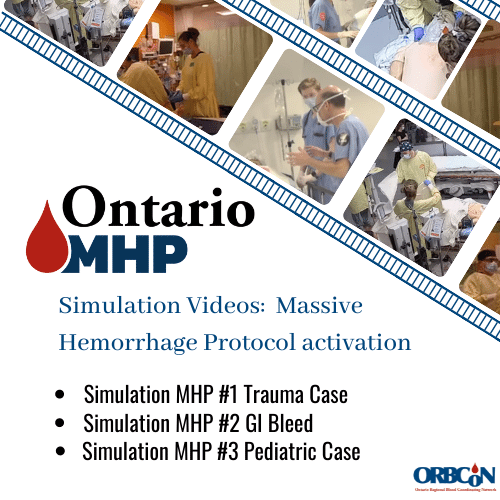
Upcoming Event: University of Toronto Transfusion Medicine Rounds

February 24th, 2022 @ 12:00 pm – 1:00 pm
Using Blood Wisely Progress Report presented by Dr. Yulia Lin